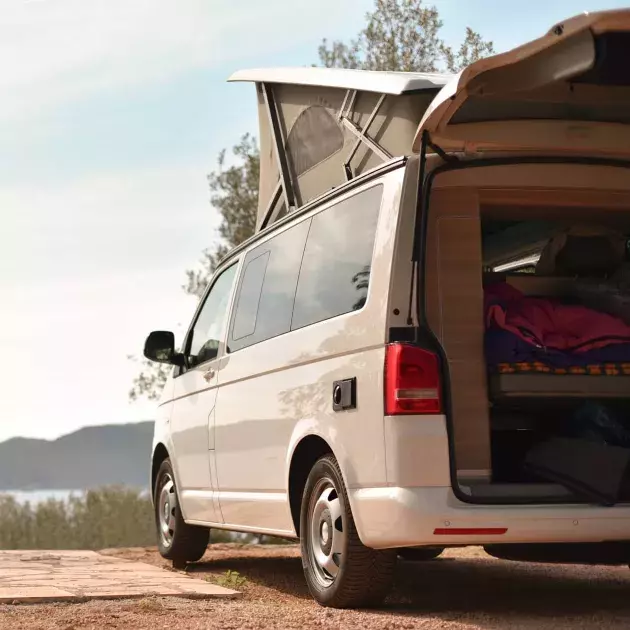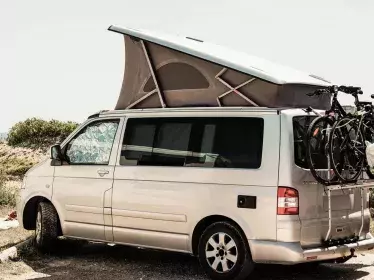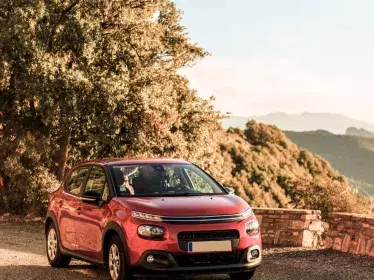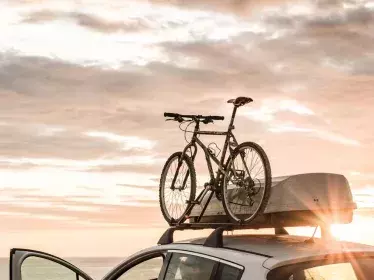Travelling (almost) without constraints is what these vans inspire – a symbol of freedom and independence. Going on a journey of discovery, travelling as you wish and a family holiday, even with a large number of people, is possible, when they are properly designed!
Some vocabulary
The technical definition of motorhome is: any special purpose vehicle of category M designed to be used as for accommodation and having at least the following equipment in the compartment:
- chairs and table
- beds that can be created with or without seats
- kitchen area
- storage space

Driving Licence
The B driving licence is sufficient if you choose a motorhome with a maximum authorised mass (MMA) not exceeding 3.5T and a passenger compartment designed and constructed to carry up to 8 passengers, excluding the driver. However, you must hold a C1 driving license for a mobile home with a MMA of between 3.5T and 7.5T. In addition, you must also have a certificate of fitness (medical certificate) for this second vehicle category.
Technical inspection and taxes
Your new motor home must undergo a technical inspection when it is first put into use. You will then have to submit it annually for a periodic inspection. You do not have to pay any registration tax and the road tax is calculated according to the MMA.
Some rules
For parking, the same rules apply as for passenger cars. If you want to spend the night in your motorhome, this is permitted unless a municipal regulations prohibits or limits this possibility. You will find more and more parking spaces reserved for motorhomes, sometimes with a service point. Service areas allow passengers to empty their 'grey waste water' (shower, washing-up) and 'black waste water' (WC). Filling up with drinking water and connecting to the electricity grid are sometimes on offer.
The speed limits remain the same except for motorhomes with an MMA greater than 3.5 T. They may not exceed 90 km/h on motorways and dual carriageways. When you are abroad, you should be aware that the cost of tolls or a vignette is often higher for a motorhome than for an ordinary car.
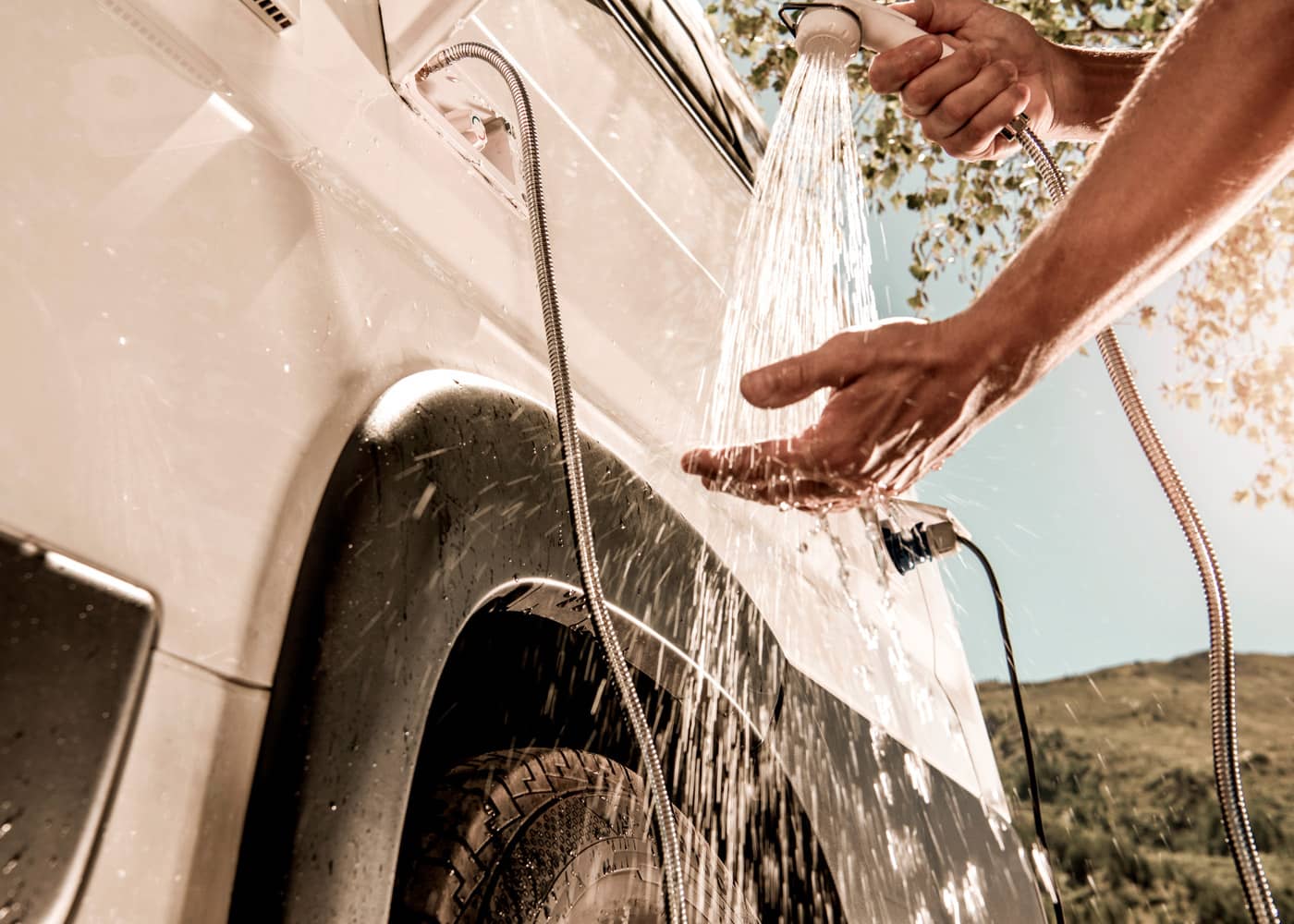
Different types
- The Capucine campervan offers great indoor height and its extension above the driver’s cab becomes a sleeping area. It has up to 7 seats.
- The Integral has a rather different silhouette with the driver’s cab integrated into the whole camper van.
- The Profile is good aerodynamically. It is more comprehensive and more expensive than Capucines, so two people can live comfortably.
- A converted van keeps the vehicle’s original bodywork, with additional openings (glass windows, air vents, etc.) and amenities such as toilet, television, fridge or even shower.
- The pick-up and its cell are more suitable for adventurers and provide an ideal basis for flexible mobility.



